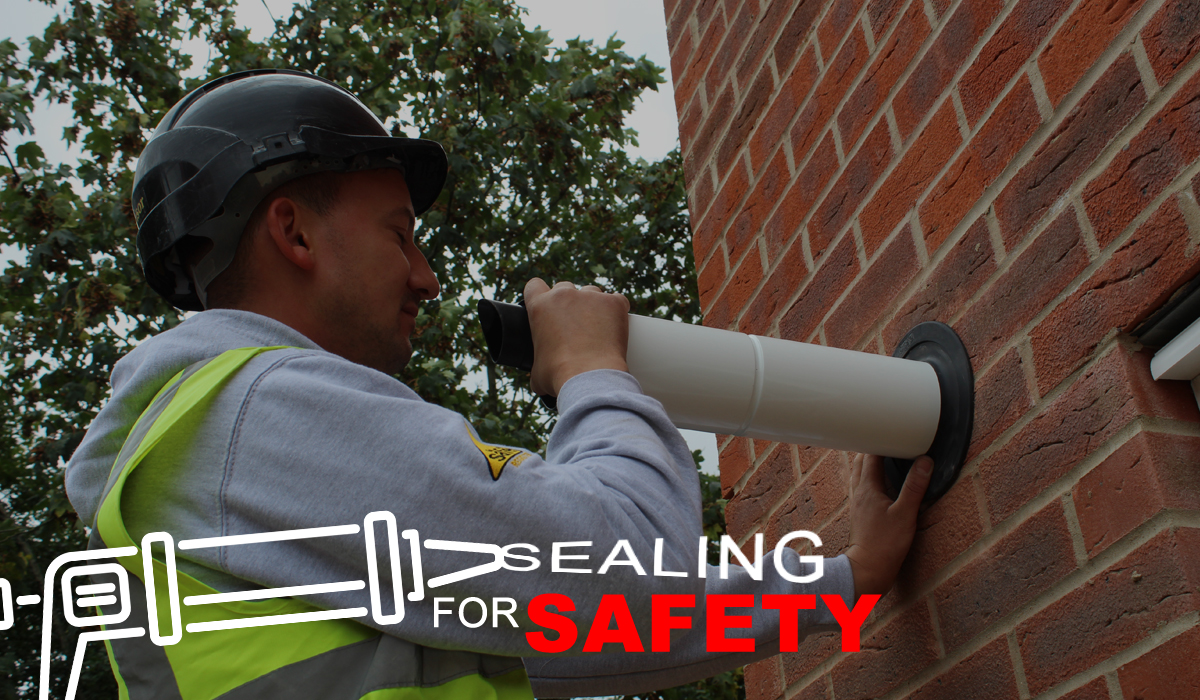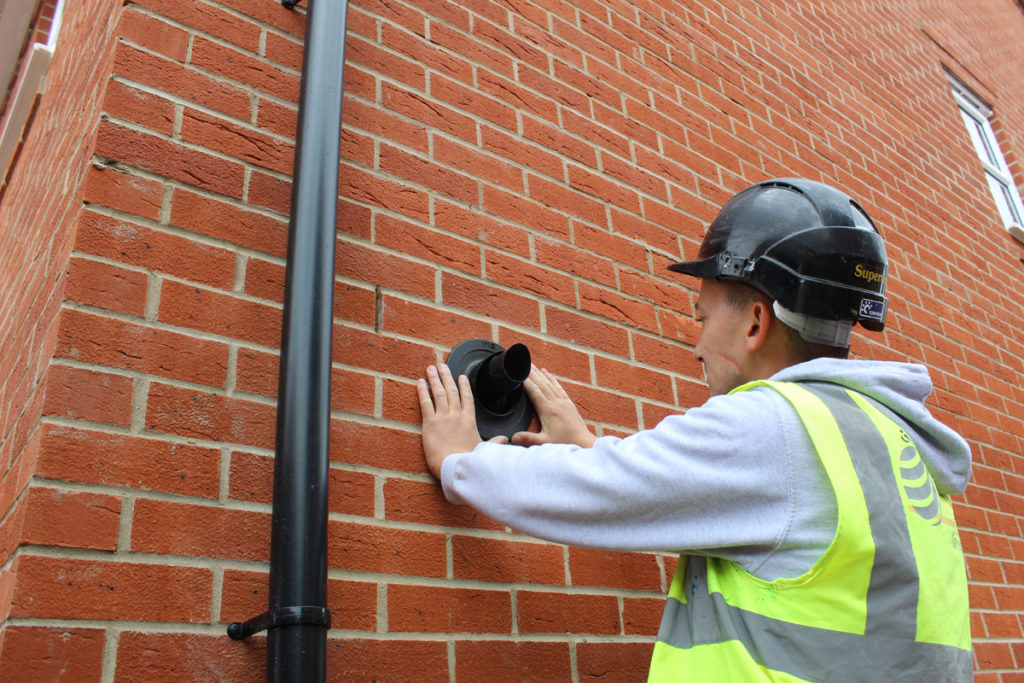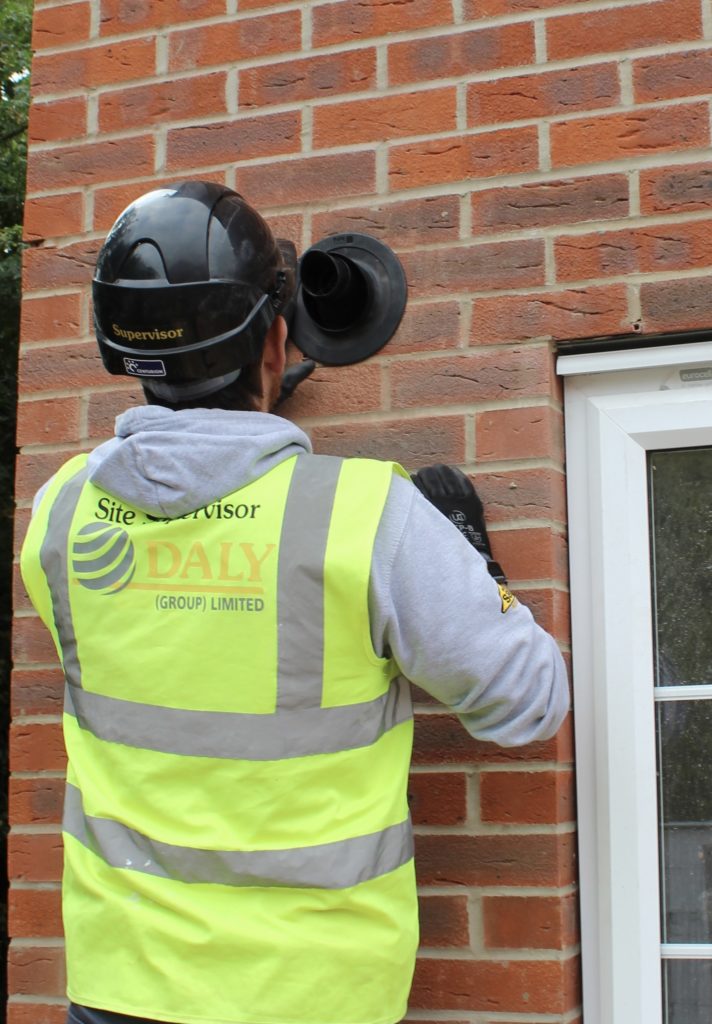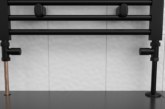
The revision of Part L of the Building Regulations demands that holes around pipes and flues are sealed. And sealing around flues where they exit a building may mean working at height. Dean Heathfield, commercial director at Talon, explains the issue.
As part of the move to greater thermal efficiency the latest edition to the Building Regulations has tightened up Part L, requiring that holes around pipework must be sealed in order to maintain the energy efficiency of the building, prevent water ingress and stop insects and pests from entering the premises.
This has always been a messy and potentially hazardous job, particularly when installing pipework at height. Both materials take time to apply, and this must be carried out externally.
Although sealing around pipes would seem like bread and butter for most, when it comes to sealing pipes or installing flues on upper floors, it can get tricky. Traditionally, the job has required mortar or silicone adhesives but they have their drawbacks: they are weather-dependent, time-consuming, and their durability may be questionable.
Applying these to pipe and brick work on upper storeys requires ladders, scaffolding or a cherry picker, which is costly and potentially dangerous.
Despite a wealth of health and safety initiatives in recent years, falls from height remain a major cause of severe injuries and fatalities at work. The Health and Safety Executive (HSE) reported 135 fatalities in work-related accidents in 2022/23; falls from height was the leading cause, killing 40 people. Thus the HSE advises to avoid work at height where it is reasonably practicable to do so.
But how can you seal pipework up high without getting up there to do it?
As a result, the building industry is increasingly looking towards new, safer methods and products. These proprietary solutions, such as pipe collars or grommets, aim to streamline compliance with Part L, minimizing the need for high-risk tasks while ensuring professional, lasting results. They can be fitted on the outside of a building from within, through the cored drilled hole, as they are flexible enough to be pushed out of the brickwork and rigid enough to pop back into place, providing an air and watertight seal flush against the wall.
 They give the outer facade of the building a clean finish, prevent the ingress of insects and pests and also ensure the house is draught proof and meets the requirements of energy efficiency stipulated under Part L.
They give the outer facade of the building a clean finish, prevent the ingress of insects and pests and also ensure the house is draught proof and meets the requirements of energy efficiency stipulated under Part L.
No other materials have to be used to seal the hole around the pipe or flue other than the seals. There is no need for costly scaffolding or ladders and they remove the health and safety risks in working at height.



